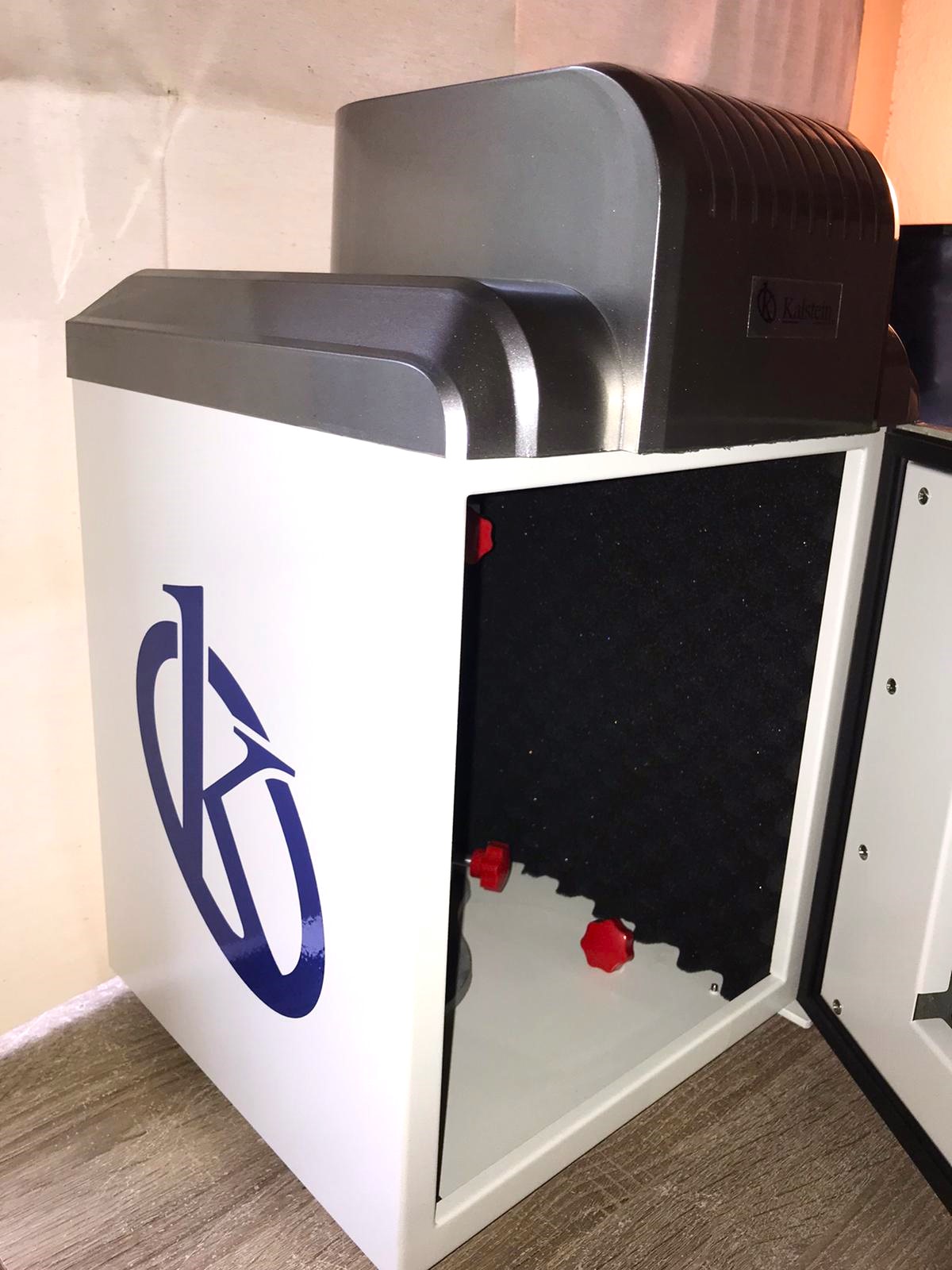A homogenizer is a laboratory device, which allows the homogenization of different types of materials; such as tissues, food, plants and other biological or chemical elements. The main types of homogenizers are grouped into three broad categories: mechanical, ultrasound and pressure.
What is a homogenizer used for?
These kits are used to ensure that all components of the prepared suspensions have the same characteristics. They are also used for gentle mixing and forceful resuspension of cells and components of chemical and biological liquids in tubes. Because homogenization is a common step in the preparation of samples of biological origin, prior to the analysis of nucleic acids and proteins, cellular studies, metabolism, and pathogens.
Homogenizers are common in clinical and research laboratories. In cell culture and microbiology laboratories that can be used to suspend cells. In a clinical laboratory it can be used to mix test reagents or to mix an experimental sample and diluent.
Homogenizers are also of great importance and utility in most of the food and beverage, cosmetics, science and technology industries, as well as in many other industries where the manufacturing process must be combined and emulsified.
Type of homogenizers
There are many models of homogenizers on the market. According to their ease of arrangement, these can be classified into:
- Portable (hand-held homogenizer): They present rotary movements, work at speeds that oscillate between Min: 5000 rpm and Max: 35000 rpm. Available models typically use polycarbonate or stainless steel test leads. It is ideal to move from one place to another, they have a good level of homogenization by the high speed motor and it has high torque.
- Floor (high pressure homogenizer): They are the largest, they can use fluidized bed technology, rotors and stators or ultrasound.
- Tabletop: It has a rotary movement, has versatility for its use, it is ideal for emulsifying, mixing and grinding different types of samples, it works at different speeds. They come in a variety of sizes and capacities.
There are three main types of laboratory homogenizers depending on the manufacturing technique
- Fluidized bed homogenizer: This type of homogenizer works with a process in which an ascending stream of fluid that can be liquid, gas or both, suspends the solid particles; which behave like a fluid.
- Rotor-stator homogenizer: They have a system designed to achieve excellent homogenization due to a rotor with bladed blades that rotates in a stationary state at high speed, having holes through which the fluid moves.
- Ultrasound homogenizer: It offers a mechanical process in which the particles in a liquid are reduced, in order to obtain uniformity in their size and distribution (improving the stability of the product). This type of homogenizers are on the market both for laboratories and on an industrial scale, they come in various sizes to suit your needs. This type of homogenizer is the most suitable and effective for dissolving cells and subcellular structures and tissues. The equipment releases suspended sound pressure waves. When used, small bubbles are generated in the liquid due to flow caused by pressure waves. Cavitation occurs when these bubbles grow and converge to maximum size, shake vigorously, and then collapse. They are generally used for scientific trials.
At Kalstein we are MANUFACTURERS of laboratory equipment so we offer you innovative laboratory homogenizers, with different designs and applications, adjusted to the needs of your laboratory and at the best PRICES on the market. That is why we invite you to take a look at: HERE

